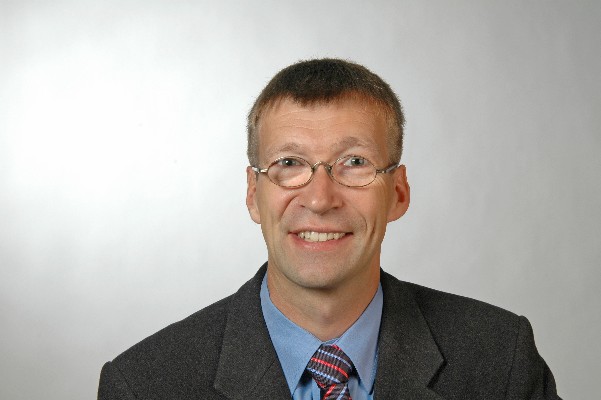Project heads:
-
Project members:
PD Dr. Burkhard Schmidt
Duration: -
Status:
completed
Located at:
Freie Universität Berlin
Description
Photocatalysis is a key application in the field of femtochemistry where chemical reaction dynamics is controlled by temporally shaped femtosecond laser pulses, with the target to promote specific product channels while suppressing competing undesired channels, e.g. pollutants. The optimal shaping of the laser pulse requires a detailed insight into the underlying reaction mechanisms at the atomic or molec- ular level that can often only be obtained by theoretical modelling and computer simulations of the quantum mechanical equations of motion. For catalytic system, this boils down to the iterated integration of the dissipative Liouville–von–Neumann (LvN) equation for reduced quantum mechanical density matrices, which represents the computational bottleneck for theoretical modelling, as the size of the matrices grows quadratically with the number of quantum states involved.
The aim of this project is to study model order reduction (MOR) of LvN-based models to beat the curse of dimensionality in the simulation and (optimal) control of photocatalytic processes. In the setting of first-order perturbation theory, the laser field in these models is linearly coupled to the density matrix, which leads to a time- inhomogeneous bilinear system of equations of motion. MOR of bilinear systems has recently been a field of intense research. The downside of many available methods is their lack of structure preservation, most importantly, asymptotic stability of fixed points. An alternative that is in the focus of this project is MOR based on balancing the controllable and observable subspace of the system. Even though the identification of the essential subspace requires the solution of large-scale Lyapunov equations, which limits the applicability of the method to systems of moderate size (up to 100,000 DOFs), it has proven powerful for linear control systems in terms of computable error bounds and structure preservation. Whether these results carry over to the bilinear case is still open.
Goals:
Extending existing approaches to MOR from the linear to the bilinear case (required for LvN-based models)
Developing, implementing and testing numerical methods for the solution of large-scale generalized Sylvester and Lyapunov equations
Exploring structure preservation of MOR approaches
Applying MOR approaches with optimal control of open quantum systems
Identifying relevant photochemical benchmark systems to test various MOR / OC approaches
https://sites.google.com/site/ecmathse11/
